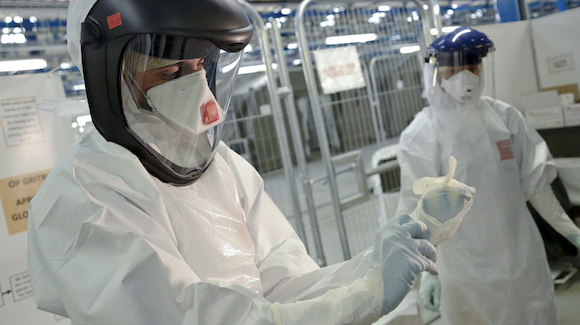Povidone iodine no better than tetracycline for preventing neonatal conjunctivitis
Reuters Health • The Doctor's Channel Daily Newscast
Dr. Shimon Rumelt and colleagues at the Western Galilee-Nahariya Medical Center note that erythromycin and tetracycline are now used for preventing conjunctival inflammation in newborns, because silver nitrate is associated with chemical conjunctivitis. Povidone iodine has been proposed as an alternative, since it is inexpensive, has no microbial resistance, and effectively eradicates surface microorganisms before intraocular surgery.
To investigate this proposal, the team randomly assigned 201 neonates to povidone iodine 2.5% solution and 193 to tetracycline 1% ointment for prevention of ophthalmia neonatorum.
Infective conjunctivitis occurred in 10.4% of the iodine group and 5.25% of the tetracycline group (p=0.052), the researchers report. Furthermore, rates of noninfective conjunctivitis in the two groups were 5% and 0%, respectively (p=0.002).
Toxicity to the ocular surface in neonates probably explains the occurrence of noninfective conjunctivitis with povidone iodine, Dr. Rumelt and colleagues comment. Given that tetracycline is also marginally more effective against infective neonatal conjunctivitis, “tetracycline, rather than povidone iodine, is recommended for prevention of ophthalmia neonatorum,” they conclude.
Reference:
Efficacy Comparison between Povidone Iodine 2.5% and Tetracycline 1% in Prevention of Ophthalmia Neonatorum
Ophthalmology 2011.





